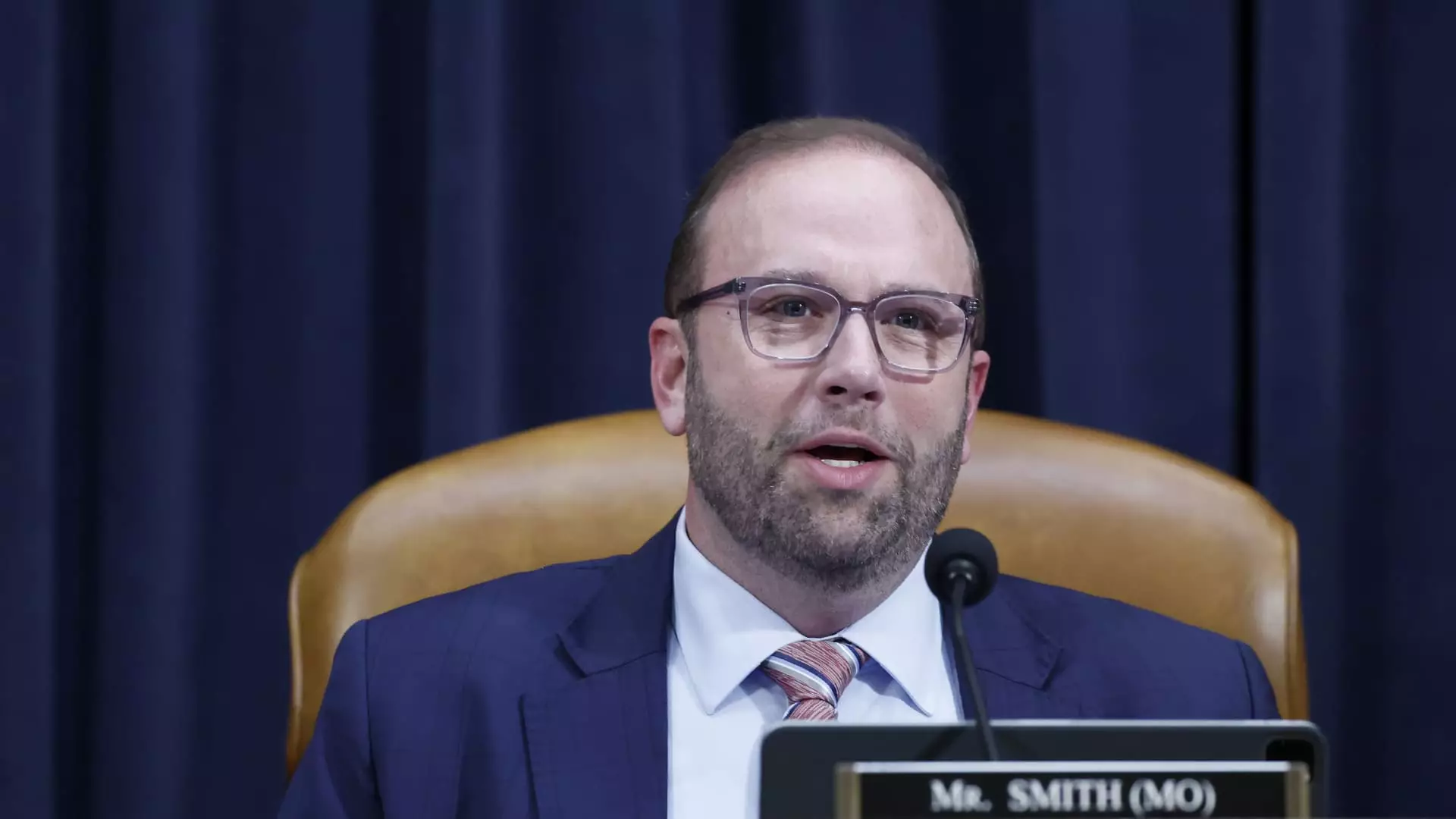As President-elect Donald Trump prepares to assume the highest office in the United States, a sense of urgency is palpably resonating among some members of the House Republican faction. With significant components of the 2017 Tax Cuts and Jobs Act (TCJA) on the precipice of expiration, there is a strong push to advance the existing provisions before the window closes. Absent Congressional action, pivotal tax breaks, including advantageous tax brackets, an augmented child tax credit, and a 20% deduction for pass-through businesses, are set to vanish after 2025. According to the Tax Foundation, this lapse could potentially affect more than 60% of taxpayers, resulting in higher taxes starting in 2026.
House Ways and Means Committee Chairman Jason Smith (R-Mo.) has articulated a passionate plea for immediate action, emphasizing the importance of not leaving American families and small businesses in limbo. “We must ensure tax relief is provided without delay,” he stated during a recent committee hearing. His statements underscore a broader Republican strategy to solidify and make permanent the reductions enacted under the Trump administration’s tax reforms.
However, the situation is not devoid of contention. Politicians on both sides of the aisle have expressed skepticism regarding the fiscal implications of permanently extending the Trump-era tax policies, especially against the backdrop of an expanding federal deficit. Recent statistics from the U.S. Department of the Treasury reveal a stark picture: the fiscal shortfall for the first quarter of 2025 surged to $710.9 billion, an alarming 40% increase from the previous year’s data.
The Budgetary Implications of Tax Cuts
Democratic lawmakers have vocally criticized the proposed extensions, pointing out that the benefits are disproportionately skewed towards affluent Americans, neglecting the broader middle-class demographic. Richard Neal (D-Mass.), a key figure in the House Ways and Means Committee, articulated his concerns, stating that the bulk of the tax cuts disproportionately enriched the wealthiest individuals. “The reality is that many Americans are finding it increasingly difficult to manage under the constraints of the current tax system, and they require relief,” he asserted.
Estimates suggest that fully extending the expiring Trump tax cuts could impose an overwhelming burden of approximately $4.2 trillion to the national expenditure over the next decade. This financial impact has raised alarm bells among fiscal conservatives, as extending these cuts could exacerbate an already daunting deficit situation.
A Treasury report released recently provides a stark analysis of the potential savings for families across various income strata if these provisions are maintained. It estimates that an average family could experience a 2.2% savings on their after-tax income, translating into roughly $2,000 annually. In stark contrast, the top 0.1% of earners could see an astonishing average savings of about $314,000 per year. This disparity inherently raises questions about the equity of the tax system and the sustainability of such aggressive tax cuts aimed at the wealthier demographic.
As Congress convenes to tackle the imperative issues at hand in this transitional period, the discourse surrounding the trajectory of tax cuts embodies a microcosm of the broader ideological battles playing out in American politics. With the curtain approaching on the critical 2025 deadline, the outcome of these debates will indelibly shape the financial landscape for millions of Americans. Whether lawmakers can effectively bridge the ideological divide and formulate a solution that addresses both budgetary constraints and public demand for tax relief remains to be seen. Ultimately, the decisions made in the coming weeks will resonate well beyond the upcoming election cycles, potentially influencing the economic realities for American families for years to come.

